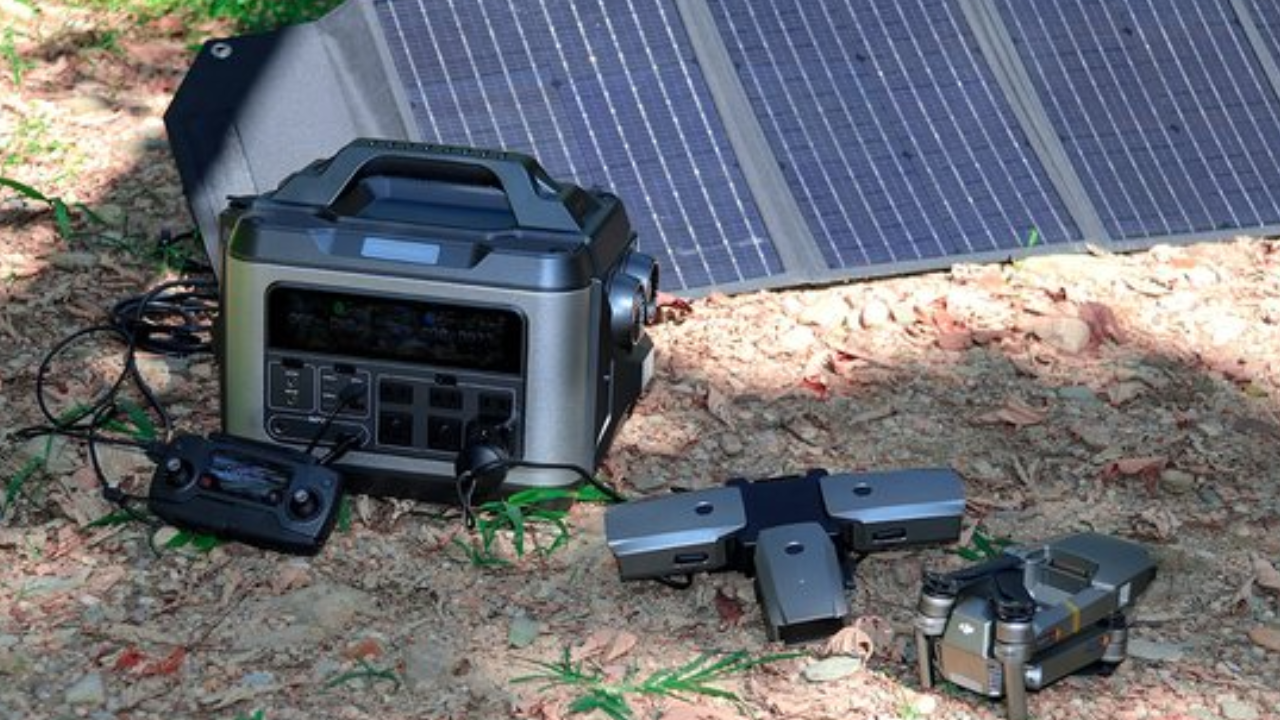Solar power is converted by a solar panel into direct current (DC) electricity, which is then passed through a charge controller to run a solar generator. For solar panels to produce electricity, which is renewable energy, sunlight must be used as an input of energy. Then, throughout the day, this electricity is collected and stored in a battery storage system.
You may utilize the electricity or power you have collected at anytime and anywhere. The majority of solar power generators accessible today are portable and small, and solar panels may be simply mounted anywhere, including on top of a moving car. The days when generators were used primarily in industries are long gone. This link show details relevant to the solar generator and specifications.
How Do Solar Generators Work?
An electrical facility and a solar panel are incorporated to form a portable solar generator. The solar panel converts solar energy into electricity, whereas the power station stores energy in batteries. The solar generator may be employed in preparedness for disasters.
Since they offer environmentally friendly solar generators are a renewable energy source. Have grown into a growing number of common options for portable electricity. Items that are smaller such as lights and phone chargers bigger ones solar generators can power devices such as televisions and refrigerators.
In circumstances involving Power outages are also becoming increasingly common. Common as standby power sources for homes and companies. Solar generators are versatile for portable power and can be used in a wide range of ways.
What Qualities Should a Solar Generator Have?
Considering your power requirements is crucial when choosing a solar generator. Other elements include:
- An electric power plant with a high battery storage capacity that can store enough energy.
- Making use of high-quality parts guarantees that you can securely charge equipment in an emergency.
- Especially for people who wish to take advantage of outdoor life without bothering about charging their appliances, portability and light weight are important.
Characteristics of Solar Generator
A generator can have a number of characteristics that may render it handier as well as simpler to use.
Inputs for Home and Vehicle Charging
Many generators come with charging cables and inputs which allow you to charge via a power outlet in your home or an accessory charger in a vehicle in addition to using solar power.
Solar panels Included
Not all solar generators are accompanied by solar panels. They are a reasonable addition to solar generator kits, and you can be sure the panels will work with the generator. Nevertheless, buying solar panels separately could enable you to determine the kind of panel and power output which most suits what you need.
Types of Solar Panel Input
Selecting solar panels that will recharge the generator while offering you certain power input substitutes is made simpler by the accessibility of Input from a Solar Panel of varying wattages. It ought to be noted that even though the generator includes multiple inputs, only one source of power can be applied at once. It’s conceivable that connecting panels to every input will not accelerate charging.
Output Types
Check that the generator’s outputs meet your current demands and plan for the future as well. Look for USB-A and USB-C outlets capable of charging a variety of mobile devices as opposed to the typical AC 110-volt plugs you may come across in a home. Pay close attention to the generator’s output count as well; the more, the greater the benefit.
Final Words
Always keep in mind that solar generators are developing technology and a secure alternative to traditional generators. Large solar panels can be bought to power your entire home, or you can buy a tiny solar generator to power devices like cell phones and tablets. They may be an intelligent choice that allows you to live responsibly, balance your utility bills, and decrease your carbon impact.
